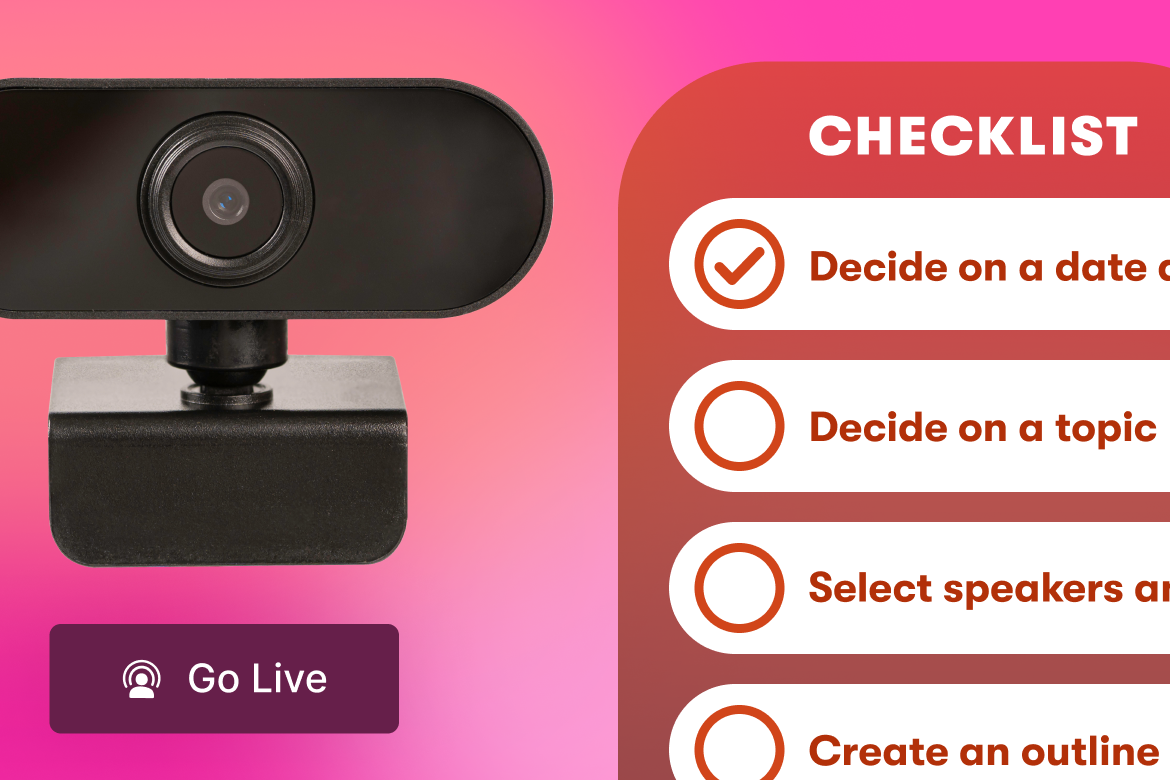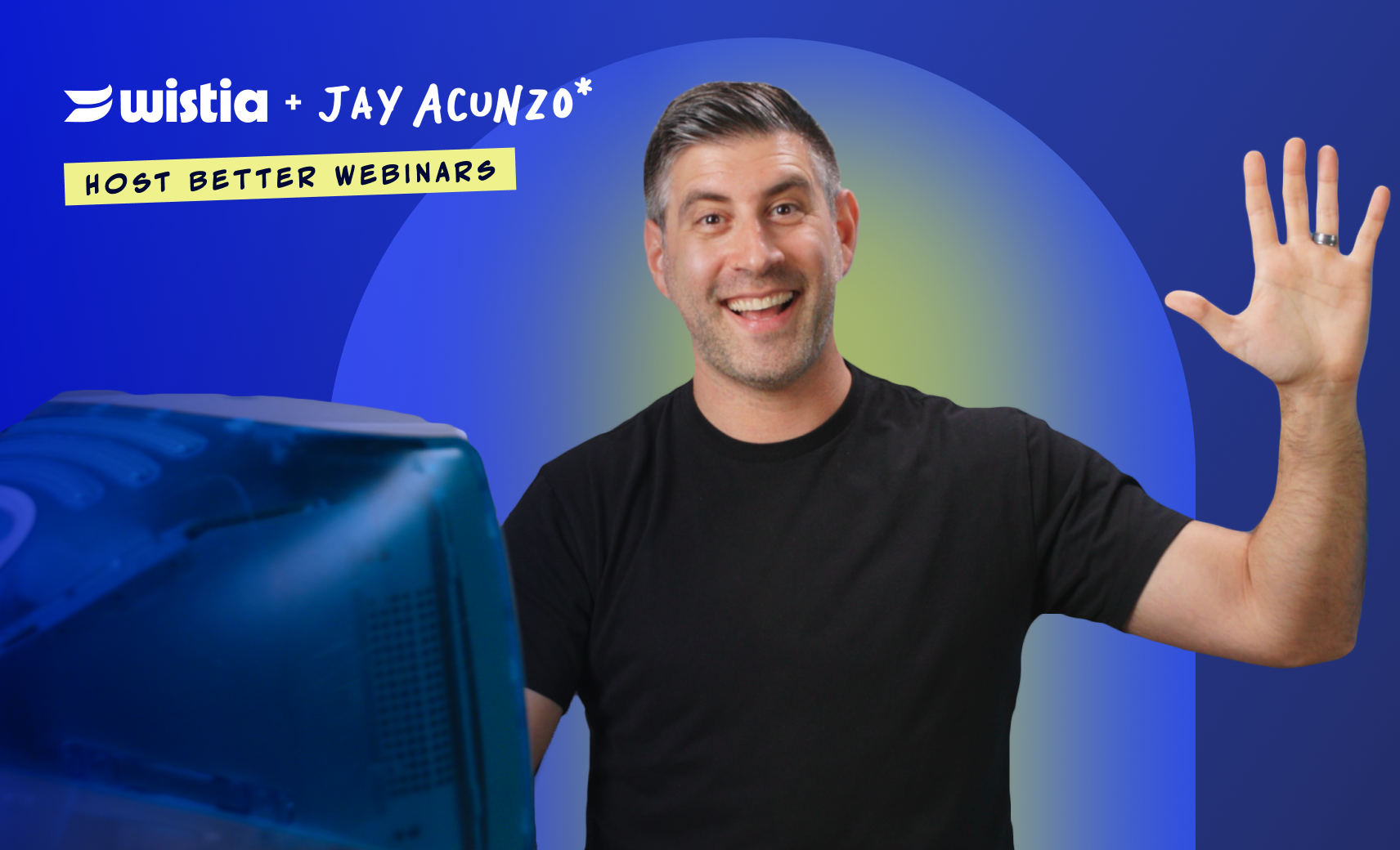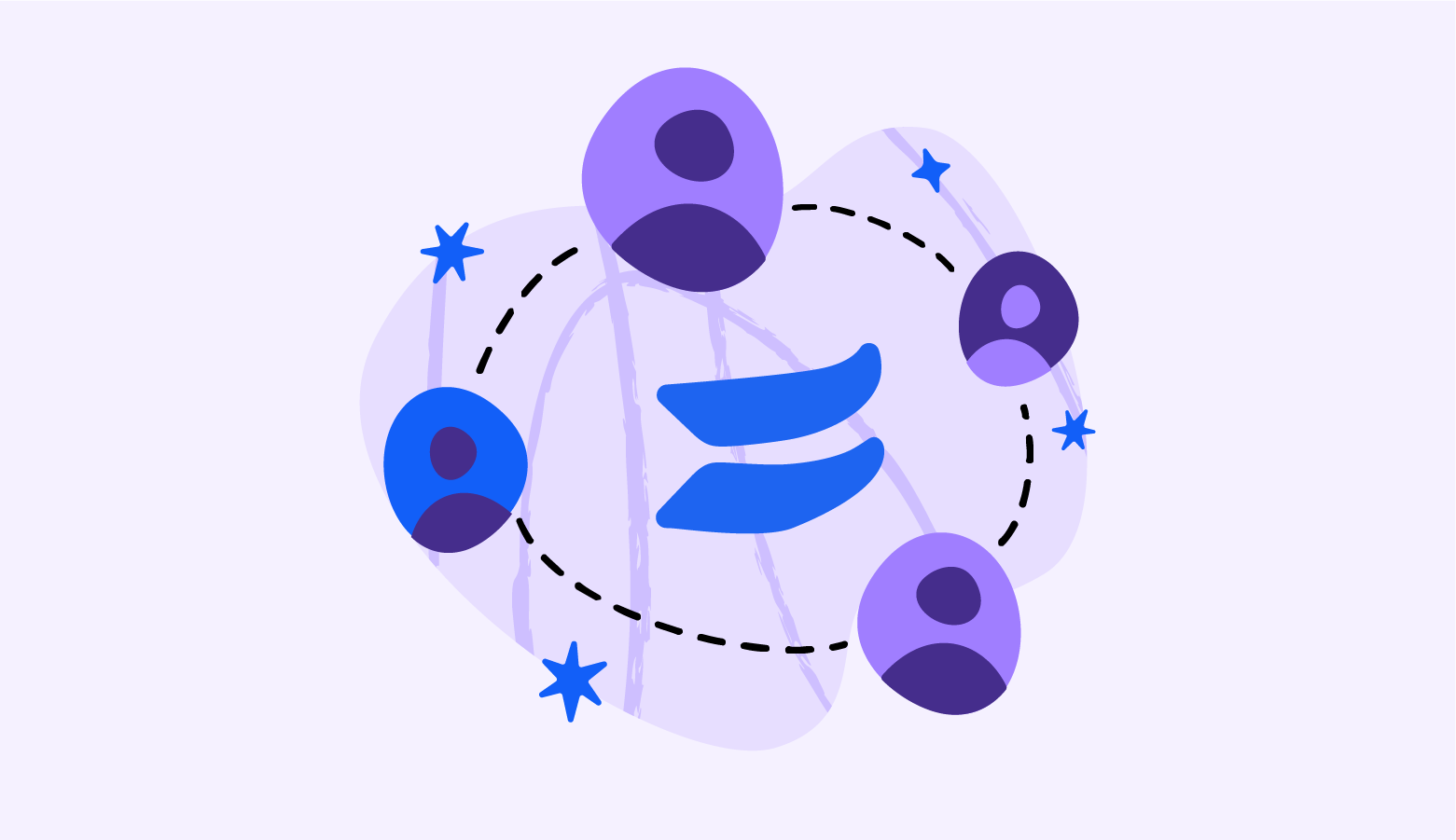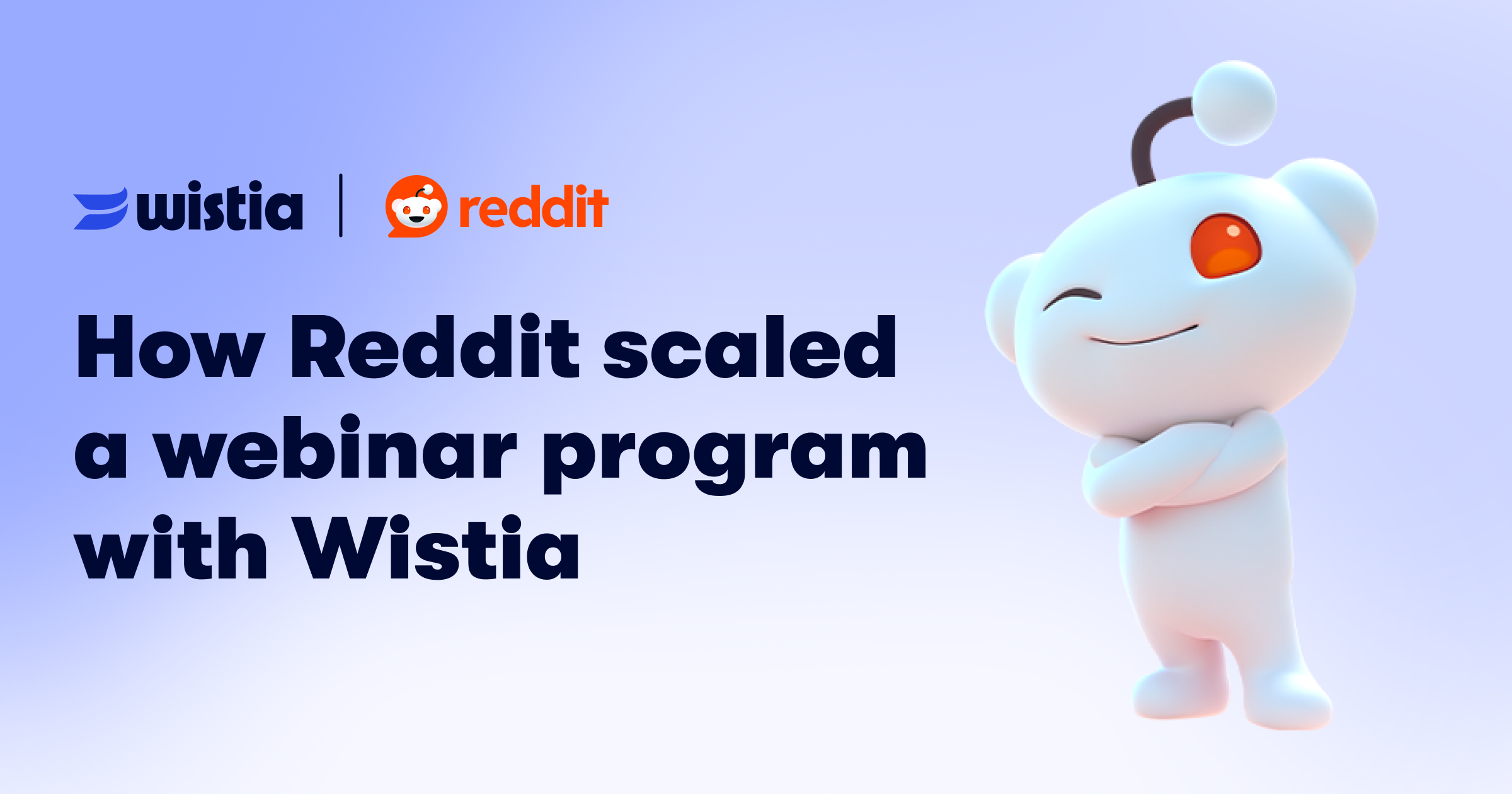5 Takeaways from Brands Crushing It with Live Virtual Events
September 20, 2021
Topic tags
Live streaming has been a popular marketing tool for years, and the COVID-19 pandemic considerably increased its relevance.
Millions of events worldwide that were previously held in person went virtual, as artists and audiences adapted to new restrictions. Since March 2020, both B2B and B2C brands have seriously stepped up their live streaming game, broadcasting everything from conferences to fashion shows in real time. According to Coresight Research, the U.S. live streaming market is now expected to hit $11 billion by the end of 2021.
It seems likely that live virtual events (including smaller events like webinars or Q&A sessions and larger events like virtual conferences) will continue, even as the pandemic winds down. In fact, a recent LinkedIn study in the UK found that nearly half of B2B businesses’ future events are likely to be virtual.
“To stay fresh in this format, brands need to dedicate time, effort, and planning to live streaming events in the same way they would for in-person ones.”
To keep b2b live streaming events fresh, brands need to dedicate time, effort, and planning to live streaming events in the same way they would for in-person ones. Here are five examples of brands that are doing a great job with live marketing — and specific lessons you can learn from each.
1. Notion: Work with your community
All-in-one workspace tool Notion has a very dedicated fanbase, but the tool isn’t always intuitive for new users. To help new and existing users better understand the product, the brand offers a regular live series on YouTube called Notion at Work. The live format allows for a back-and-forth with viewers, and the host even occasionally calls out regulars by name.
The series is broadcast live on Notion’s YouTube channel, but it isn’t actually hosted by Notion. It’s run by William Nutt, the creator of Notion VIP — a website where fans of Notion can find tips, news, and updates about the tool. The live series is dialed right in to what Notion’s users are seeking because it’s hosted by someone outside of the company who is passionate about the product.
For this series — and all of their live videos — Notion strives to keep their audience front of mind, according to Notion’s Content Lead Nate Martins. “Even before creating the video, it’s important to understand your audience and what it is they want to learn,” said Martins. “We work closely with our community to make these videos as relevant as possible.”
2. Salesforce: Capitalize on your existing platform
B2B SaaS giant Salesforce used LinkedIn Live to present an 11-part live series that received staggering levels of organic viewership. The series was an unprecedented success for Salesforce, with 600,000 organic viewers tuning in.
“The series was an unprecedented success for Salesforce, with 600,000 organic viewers tuning in.”
Salesforce treated this live series similarly to any launch or event by advertising the series on LinkedIn in advance; this gave people a chance to get excited about the event, plan ahead for it, and maybe even tell others about it.
Part of the reason Salesforce’s live series was so successful was their judicious choice of platform. Salesforce is a large, recognizable brand that’s already very active on LinkedIn. They have over two million followers, which is much higher than their follower count on either Facebook or Twitter.
3. Slack: Segment your live streams
Business communication platform Slack uses live webinars to teach users how to get the most out of their platform, exploring topics like “Slack 101” and “How to Launch Slack at your organization.” While the brand does offer on-demand webinars, the live streams allow viewers to ask questions and get real-time feedback from experts.
Slack’s webinars are targeted at different users, which the company lists at the top of each event page. For example, the targeting message might say, “This webinar is best for developers, owners and admins, Slack champions, and Slack users.” By letting people know who the event is ideal for, Slack makes it easier for their audience to find relevant webinar content. This segmenting also helps attendees get excited about the event if it matches their needs.
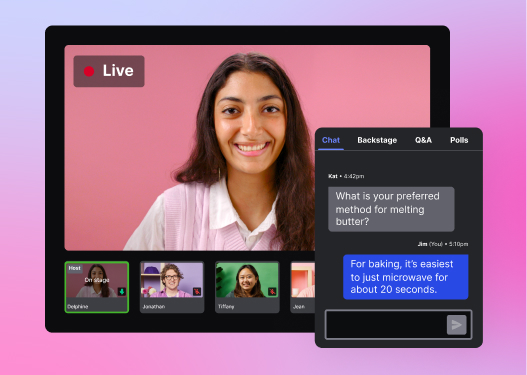
All-in-one Video Platform
Streamline Your Webinar Process
4. HubSpot: Broaden your focus
The pandemic forced inbound marketing software company HubSpot to pivot their popular Inbound conference, taking it online for 2020. The conference was a virtual success, with over 70,000 attendees joining remotely from around the globe. Their 2021 Inbound conference will also be held online.
HubSpot took a broad approach to make its virtual event a success. They had a diverse lineup of guests, including comedian Hasan Minhaj and disability rights activist Judith Heumann. The conference’s scope went beyond the company’s product and its core demographic; this allowed HubSpot to expand its reach, grow its audience, and host a memorable event online.
5. Automation Anywhere: Tap in to your product experts
The automation platform Automation Anywhere used live marketing on LinkedIn Live to announce one of its biggest product launches. They raised awareness of the live broadcast in advance with paid advertising, and the effort paid off. The live event got 400+ positive comments in the chatbox within the first few minutes of starting the stream, and around 1,000 by the time the event was over.
At this live event, Automation Anywhere had a team of product experts ready to answer questions as they came in. This proved to be a good decision, as the company received a large number of technical questions. Instead of having a one-way announcement video, Automation Anywhere sparked an engaging, valuable back-and-forth conversation with their audience.
Practice is the key to successful live marketing
If live marketing feels daunting, don’t fret! Start with small events and scale up as your confidence grows and your team becomes more comfortable in front of a camera.
Aim for live events you feel most comfortable with, whether it’s smaller-scale live webinars or casual social media live streams, and practice interacting with your audience in real-time. Once you’ve gained confidence, you can grow your live marketing efforts from there. With these five lessons in mind, you’re already headed in the right direction!
